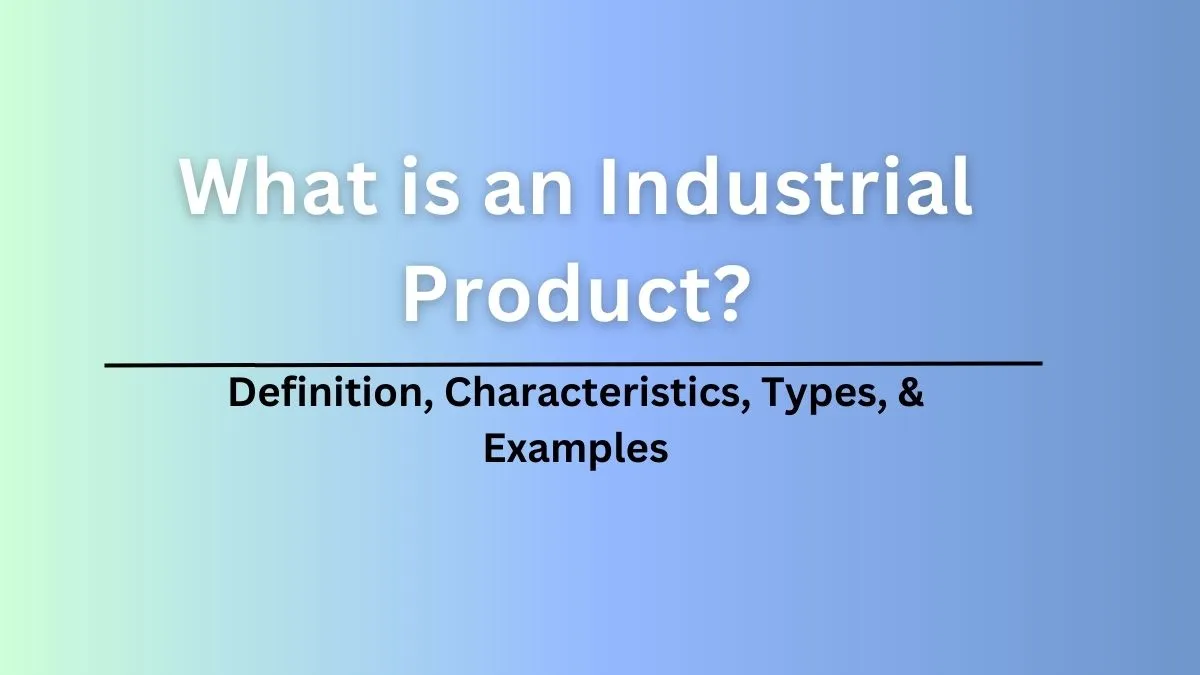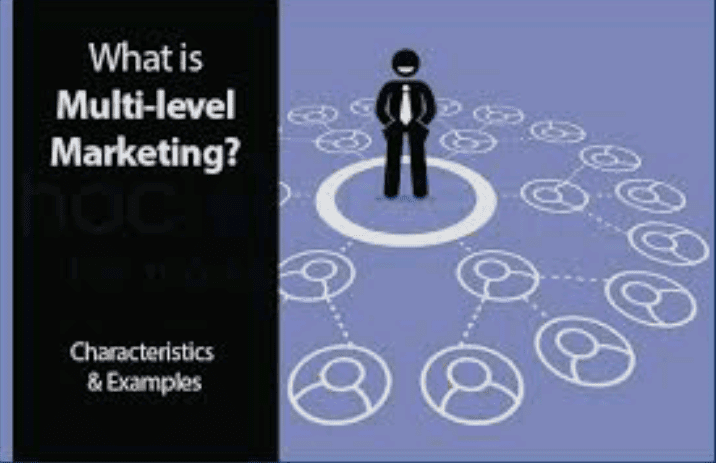How to Write a Persuasive Sales Letter: A Step-by-Step Guide
In today’s fast-paced digital age, where emails, text messages, and social media dominate communication channels, the art of persuasive sales letter writing might seem like a relic of the past.
However, the power of a well-crafted sales letter should not be underestimated. A persuasive sales letter can still be a potent tool in your marketing arsenal, capable of engaging potential customers, driving conversions, and boosting your bottom line.
In this comprehensive guide, we will explain the nuanced world of writing persuasive sales letters, leaving no stone unturned. Whether you are a seasoned marketer looking to refine your skills or a business owner eager to enhance your sales strategies, this guide will equip you with the knowledge and techniques necessary to craft compelling sales letters that not only capture your reader’s attention but also compel them to take action.
Read Also: How to Get Out of Debt: A Step-by-Step Guide
How to Write a Persuasive Sales Letter

1. Understanding the Anatomy of a Persuasive Sales Letter
Before we dive into the nitty-gritty of writing a persuasive sales letter, let’s dissect its fundamental elements and understand why they are crucial to your success.
1. The Attention-Grabbing Headline: The headline is your sales letter’s first impression. It must be attention-grabbing, concise, and promise value or a solution to the reader’s problem.
For example:
a. Discover the Secret to Doubling Your Sales in 30 Days!
b. Revolutionize Your Skin Care Routine with Our All-Natural Products.
A compelling headline sets the stage for the rest of your letter, drawing readers in and encouraging them to read on.
2. Engaging Opening Paragraph: After the headline, the opening paragraph should immediately pique the reader’s interest. Share a captivating story, a startling statistic, or a thought-provoking question to draw them in.
For instance: Imagine waking up every morning with a smile on your face, knowing that your financial worries are a thing of the past.
The opening paragraph serves as a bridge from the headline to the body of your letter, setting the tone and generating curiosity.
3. Establish Credibility: To build trust with your audience, establish your credibility. Mention your company’s achievements, relevant awards, or industry expertise.
For instance: Having served the finance industry for over two decades, our experts have helped thousands of clients achieve financial success.
By showcasing your authority, you instill confidence in your readers and make them more receptive to your message.
4. Identify the Problem: Clearly articulate the problem or pain point your product or service addresses. This demonstrates that you understand the reader’s needs.
For example: Are you tired of endless dieting with no results? We understand the frustration of failed weight loss attempts.
Acknowledging the reader’s problem creates a connection and positions your offering as the solution they’ve been seeking.
5. Present Your Solution: Introduce your product or service as the solution to the identified problem. Highlight its unique selling points and benefits. Use persuasive language to describe how it can improve the reader’s life.
For example: Introducing the XYZ Weight Loss Program, a scientifically-proven approach that guarantees you’ll shed pounds and keep them off.
Clearly articulating the value of your product or service is vital to convincing your readers to take action.
6. Social Proof: Incorporate customer testimonials, case studies, or endorsements to reinforce your product’s effectiveness and credibility. Share success stories that resonate with your target audience.
For instance: Meet Sarah, who lost 30 pounds in just three months with our program. She’s not alone—thousands have achieved their weight loss goals with XYZ Weight Loss Program.
Social proof provides real-world evidence that your offering delivers on its promises.
2. The Art of Persuasion
Now that we’ve covered the foundational elements of a persuasive sales letter, let’s explore the techniques that will compel your readers to take action.
1. Use Persuasive Language: Choose words that evoke emotion and inspire action. Phrases like life-changing, exclusive offer, or limited-time opportunity. Can create a sense of urgency and excitement.
“Experience the life-changing benefits of our product today, with our exclusive limited-time offer.”
Persuasive language taps into the reader’s emotions, motivating them to act.
2. Appeal to Emotions: People make purchasing decisions based on emotions. Craft your sales letter to trigger positive emotions like joy, satisfaction, or relief by highlighting the benefits your product or service offers.
“Picture the joy of finally achieving your dream physique, free from the shackles of dieting.”
Appealing to emotions helps readers connect with your message on a personal level.
3. Overcome Objections: Address potential objections your readers may have. Use persuasive arguments and evidence to counter their doubts. For example, if cost is an objection, emphasize the long-term savings your product provides.
“We understand that you might be concerned about the cost. However, consider this: by investing in our product now, you’re setting yourself up for years of savings on expensive diet plans and gym memberships.”
By proactively addressing objections, you remove barriers to purchase.
4. Create a Sense of Urgency: Encourage immediate action by incorporating time-sensitive elements. Limited-time offers, countdowns, or bonuses for early buyers can prompt readers to act swiftly.
“Act now to take advantage of our special offer—only available until the end of this month!”
A sense of urgency compels readers to make decisions promptly.
5. Highlight the Value Proposition: Clearly communicate the value your product or service provides. Explain how it meets the reader’s needs, solves their problem, or fulfills their desires.
“With our product, you not only shed pounds but also gain the confidence and vitality you’ve been missing.”
The value proposition should be the driving force behind your sales pitch.
3. The Call to Action (CTA)
A persuasive sales letter must conclude with a compelling call to action that leaves no room for ambiguity. Here’s how to create an effective CTA:
1. Be Specific: Clearly state what you want the reader to do. Whether it’s making a purchase, signing up for a newsletter, or scheduling a consultation, specificity is key.
“Click the ‘Buy Now’ button to start your journey toward a healthier, happier you.”
Specific CTAs guide readers toward the desired action.
2. Use Action Verbs: Utilize strong action verbs to convey a sense of immediacy and importance. Examples include buy now, subscribe today, or get started.
“Don’t miss out—subscribe today to unlock exclusive benefits.”
Action verbs instill a sense of urgency and decisiveness.
3. Make it Easy: Remove any barriers to action. Provide simple instructions and, if applicable, an easily accessible link or contact information.
“To purchase, simply click the link below, and our team will guide you through the process.”
A straightforward CTA ensures a smooth transition from reading to taking action.
Read Also: The Best Crypto Exchanges for Beginners
4. Formatting and Design
A well-structured and visually appealing sales letter enhances readability and engagement. Consider the following tips:
1. Use Subheadings: Break up the content with subheadings to make it scannable. This allows readers to quickly grasp key points.
“Unlock Your Potential: Benefits of Our Program”
Subheadings guide readers through your letter, making it easier to navigate.
2. Bullet Points and Lists: Use bullet points and numbered lists to highlight key features or benefits. They are easier to digest than long paragraphs.
Bullet points emphasize important information, ensuring it doesn’t go unnoticed.
3. Incorporate Visuals: Include relevant images, graphs, or charts to illustrate your points and make the letter visually appealing.
[Image: Before and After Photos of Satisfied Customers]
Visuals add context and credibility to your claims, capturing the reader’s attention.
5. Proofreading and Editing
No persuasive sales letter is complete without thorough proofreading and editing. Errors can undermine your credibility and professionalism. Pay attention to grammar, spelling, and clarity.
6. Testing and Optimization
After crafting your sales letter, it’s essential to test its effectiveness. A/B testing different versions, headlines, or CTAs can help refine your approach and improve conversion rates.
7. Follow-Up and Engagement
Once your sales letter has done its job and converted prospects into customers, don’t neglect the importance of follow-up and engagement. Maintain a positive relationship with your customers to encourage repeat business and referrals.
Read Also: 7 Important Health Benefits of African Cherry



